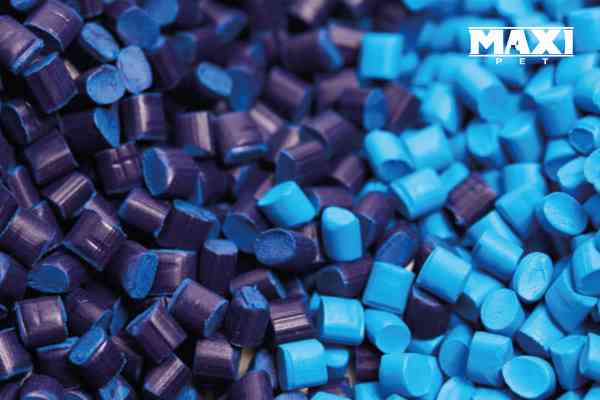Characteristics and properties of polypropylene

Polypropylene is one of the most widely used plastics worldwide and has various applications, we can identify those objects made with this material by the arrows that indicate that it is possible to recycle it and the number 5 inside.
Polypropylene is one of the safest thermoplastics on the market, it can be in contact with products for human consumption, it is not toxic, it would only imply danger if it melts at high temperatures or particles enter the eyes or lungs, something little Probably due to its great resistance.
Polypropylene Properties
Among its characteristics we can find:
Lightness: Being of low density, it is a material that allows the manufacture of products with a lower weight.
Rigidity: Despite its low density, it is highly resistant to impact, from different chemical and environmental agents.
Waterproof: This feature makes it ideal for packaging liquids as it does not absorb moisture.
Crystalline: It is transparent and can be dyed in other colors by means of additives.
Recyclable: It is a thermoplastic that can be easily recycled when heated
Among the most important limitations that must be considered of this resin is that it degrades due to ultraviolet radiation, chlorinated, aliphatic, or aromatic hydrocarbons, in the same way, it can be flammable if some additives are not added and its impact resistance decreases at temperatures of - 10°C
Uses of polypropylene
Among the most widespread applications of this material are bottles, bags, toys, auto parts, electrical appliance parts, thermal clothing, caps, different types of packaging, construction materials, and more.
About 60 million tons are sold annually worldwide, it is used after low and high-density polyethylene, it was polymerized in 1951, but its massive and commercial use began until the end of the 50s.



